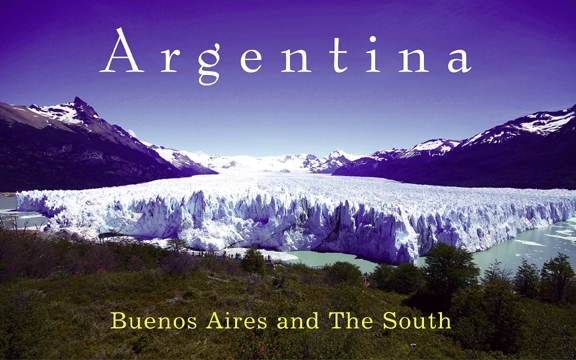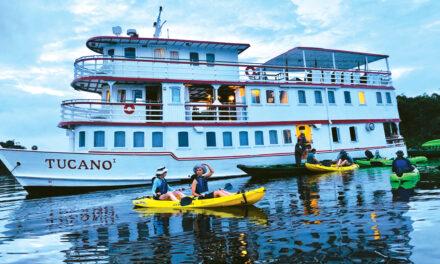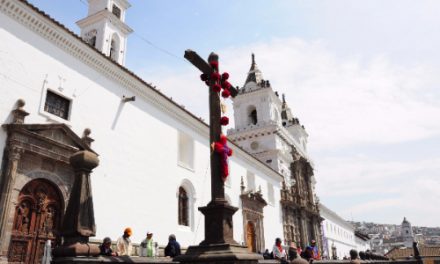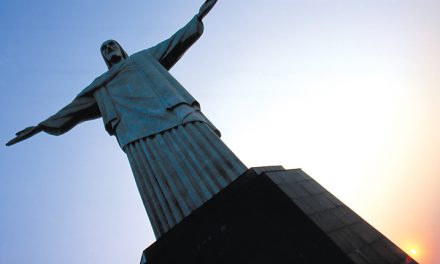Argentina
Buenos Aires and The South
By Steven Sanders
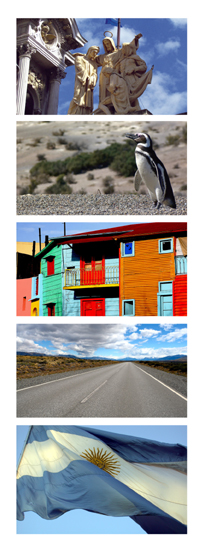
South America’s second largest country is a rollercoaster ride of passion and suaveness that rubs off on even the most resilient of visitors. The cities of Buenos Aires and Córdoba offer only the fast lane, yet being on-time may as well be a crime. The humid north offers arguably the world’s most spectacular waterfalls, while the glaciers and snow-capped mountains of the beautiful Patagonian south gleam as if frozen in time. Throughout the country you will find a wealth of proud and friendly locals who will insist that their famous steak and wine is the world’s best. Many visitors find it hard to disagree.
Llamas, alpacas, and vicuñas occupy the north western Andes area; jaguars and pumas roam the central north; deer, emus, foxes and even visiting penguins inhabit the south. Welcome to Argentina, where absolutely anything is possible.
Buenos Aires
Buenos Aires doesn’t give you a chance to settle in. With its diverse neighbourhoods perched on the Rio de la Plata, the capital of Argentina is a true example of a city that never sleeps. With European style architecture providing the backdrop to one of the world’s best dressed cities, Buenos Aires seductively charms visitors with an abundance of fine dining, sultry tango and world class nightlife.
Working Class
I began my Buenos Aires adventure in the working class barrio of San Telmo, which is home to a plethora of hole-in-the-wall restaurants where you can sample the city’s best choripan – chorizo sausage in a bun – as well as the San Telmo market every Sunday. Near to our lodgings in this seemingly European part of town, I used the Plaza de Mayo as a meeting area and point of reference whenever navigating the map, and here you can take in the Casa Rosada, home of the presidential offices and the balcony from where Eva Perón gave many famous speeches.
Recoleta Cemetery is a major tourist attraction housing elegant, homely tombs for the rich and famous of the city’s past including Evita, and the surrounding barrio of Recoleta is home to some of Buenos Aires’ best shopping malls. Caminito, the famous colourful streets in the barrio of La Boca are just a short bus or taxi ride away from the centre, where one can take the customary tourist photos and pick up some souvenirs.
While Buenos Aires is a must for all visitors the Argentina, the country’s real gems certainly lie away from the capital, and nobody who lives outside of the capital will let you believe otherwise. The overnight buses that operate to each corner of the country are renowned as being some of the world’s best, and a 20 hour southbound trip in my huge, fully reclining seat showed me just why.
I spent a few days in Puerto Madryn, a coastal town in Northern Patagonia which welcomes 1000’s of Penguins to the nearby beach of Punta Tombo every February and March. Surrounded by the intriguing Welsh towns of Rawson, Trelew, and Gaiman, Puerto Madryn is a gentle introduction to Patagonia, which appeared more spectacular the further south I headed.
El Calafate is a must for those making the journey to Argentine Patagonia. The town itself is beautiful with log-cabin style stores and restaurants lining the streets and offering some of the finest Argentine steak available. A day is all I needed to recharge my batteries before ending my Argentinian trip at one of country’s most spectacular natural attractions.
Perito Moreno Glacier is situated in Los Glaciares National Park – just an hour from El Calafate – and is one of only three ‘stable’ glaciers in Patagonia, meaning it is not retreating – something which comes as a surprise when watching chunks of rocks bigger than the family car crashing into Lake Argentino at will. Every view is stunning, the sounds piercing and the freshness of the crisp, mountain air dreamlike. The sheer audacity of the looming glacier offered time to reflect, before finishing of the day with a famous glass of Argentine red.
www.argentina.travel/en

